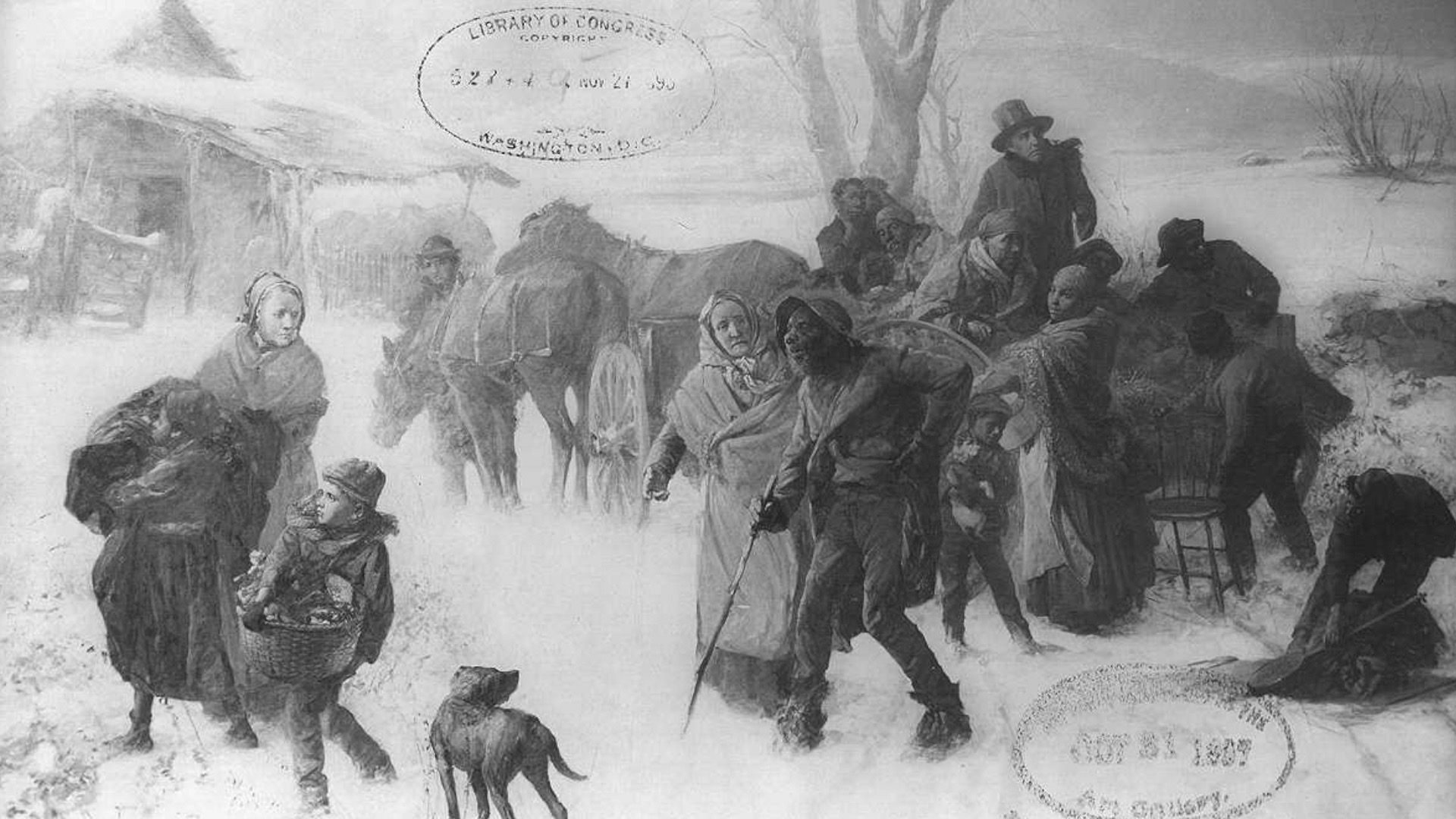 Petticoat Abolitionist, written by Tim Talbott. Historical Marker # 1099 in Trimble County notes the work of abolitionist Delia Webster. Born in Vermont and educated at Oberlin College in Ohio, Delia Webster was tried, convicted, and jailed in Kentucky for helping slaves run away from Lexington in 1844. After serving time in prison, Webster was determined to continue her antislavery efforts. In the winter of 1852, she bought a farm in Trimble County on a hill overlooking the Ohio River. When area slave owners reported that a significant number of their slaves were missing, Webster quickly became a suspect. In February 1854, a community meeting in Bedford passed a resolution stating, “Whereas it is known that Miss Delia A. Webster had recently run off numerous slaves from Trimble county, therefore resolved that it is the will and determination of the citizens of said county that Miss Delia A. Webster leave the State.” READ MORE AND SEE A MAP LOCATING THE DELIA WEBSTER MARKER.
Petticoat Abolitionist, written by Tim Talbott. Historical Marker # 1099 in Trimble County notes the work of abolitionist Delia Webster. Born in Vermont and educated at Oberlin College in Ohio, Delia Webster was tried, convicted, and jailed in Kentucky for helping slaves run away from Lexington in 1844. After serving time in prison, Webster was determined to continue her antislavery efforts. In the winter of 1852, she bought a farm in Trimble County on a hill overlooking the Ohio River. When area slave owners reported that a significant number of their slaves were missing, Webster quickly became a suspect. In February 1854, a community meeting in Bedford passed a resolution stating, “Whereas it is known that Miss Delia A. Webster had recently run off numerous slaves from Trimble county, therefore resolved that it is the will and determination of the citizens of said county that Miss Delia A. Webster leave the State.” READ MORE AND SEE A MAP LOCATING THE DELIA WEBSTER MARKER.